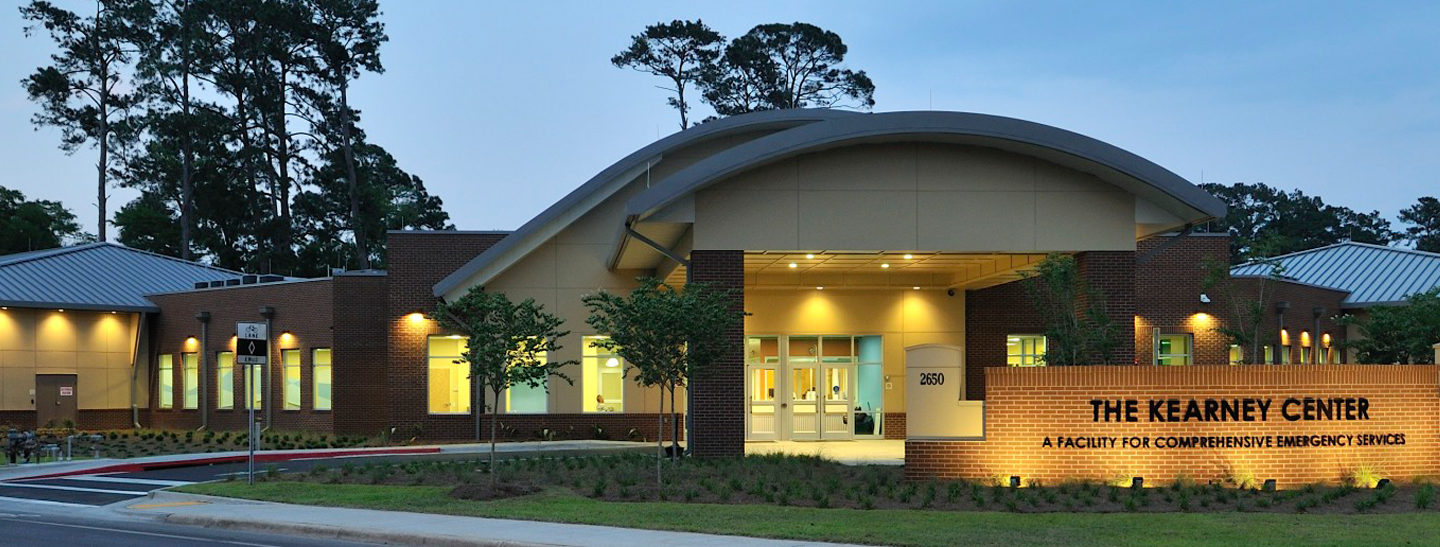Over the last few years, as I’ve discussed possible solutions to our homeless epidemic with people around town, there have been a myriad of ideas that have been floating around, all waiting for the government to pull the trigger and make them happen. While there have been some beautiful visions of what could be done, the government, and the public sector it represents, hasn’t offered sufficient leadership to make them manifest. However, Tallahassee is bringing these visions to light through the vision and leadership of individuals in the private sector rather than waiting for the public to mobilize.
Tallahassee’s magic bullet came in the form of Rick Kearney, an IT magnate who experienced homelessness firsthand after he left a systems engineer job at IBM to become an entrepreneur. Throughout the more than twenty years Kearny has built his company, Mainline Information Systems, and become a multi-millionaire, he has always been involved in homeless solutions. From starting the Good News Outreach in 1987 to provide food, clothing, and on-site rehab for the homeless to providing the funding to develop the 150 bed Shelter after 2009’s cold snap left many men freezing and on the verge of death, he made helping the homeless a regular endeavor.
His non-profit, the Beatitude Foundation, provided 4 of the 7 million dollars needed to build the Kearney Center, a facility for comprehensive emergency services which opened in April 2015. The previous year, their Point In Time survey found roughly 1200 homeless people living in Tallahassee. This year, they counted only 600.
The Kearney Center has quite a few similarities to the Come As You Are shelter recommended by Dr. Robert Marbut. It serves first as a triage center for people experiencing homelessness, and provides 45 service organizations the ability to all meet under one roof to more greatly serve the needs of their clients. Single men and women are given access to food stamps, veterans benefits, food, employment opportunities, and a place to stay 24 hours a day as agencies take 1-5 shifts a week manning the shelter while maintaining the sovereignty of their brick and mortar locations.
Where it differs from Marbut’s shelters is in the dignity it offers to those it serves. Whereas Marbut’s shelter are most often run by a law enforcement agency and look very similar to a prison, the Kearney Center has private security and looks like a Hampton Inn. While Marbut offers a mat on the floor for the first few nights and forces people to sleep outside when they misbehave, Kearney offers them a cot on the first night, and offers classes in yoga, anger management, smoking cessation, and other life improvement courses. While The Kearney Center offers a more comfortable, even luxurious experience in order to encourage people to believe in themselves again, the facility does still focus its energy on rapid rehousing and maintains as its goal to not have people stay there for longer than absolutely necessary.

A contributing key to their success in having served over 4000 unique individuals since opening is its expansion into other forms of affordable housing. In the Westgate project, they have developed a number of rooming houses, providing the ability for formerly homeless people take pride in the place they live with an array of living opportunities. There are 5 buildings with 10 bedrooms each, 2 buildings with 20 bedrooms each, and 2 fused doublewides with individual bunks and lockers. The grounds also include a garden, hydroponic greenhouse, art studio, and community space with kitchen, providing residents the ability to invest in the place they live as the place they live invests in them. 100 residents paying approximately 300$ in rent generates 30,000$ in revenue a month.
The latest project is The Dwellings, which will develop 130 tiny homes ranging from 450-600 square feet to serve as residences for single moms, retirees, and a number of other community members who can’t afford, and don’t need, huge living spaces.
City Commissioner Gil Ziffer says that Tallahassee is far better off than it was 18 months ago now that homeless people have a place to go and have their needs met. He agrees with Kearney that this kind of project needs to start with community leadership from the private sector and not from government, although elected officials are still key contributors. While Sarasota may not have a Rick Kearney, we do have the collective resources to make something like this happen.
The Kearney Center rents the property from the City of Tallahassee for 50$ a year, and provides shelter for 300-350 individuals per evening and 600- 700 meals a day, in addition to a number of other services. The 36,000 square foot building cost 7.5 million dollars to build and operating costs are about 2.3 million dollars a year. Kearney says that the question isn’t finding the money to make this happen in Sarasota, but overcoming the emotional and political obstacles that keep us from moving forward in trying to help people’s problems.
Can Sarasota follow this model?

